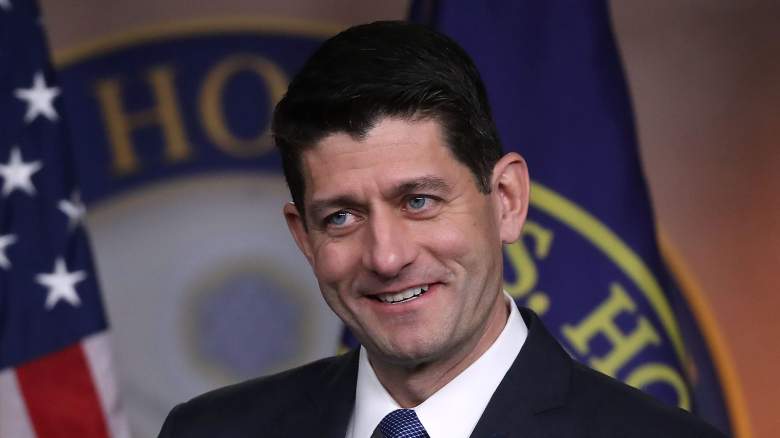
In their quest to regain control of the House of Representatives next year, national Democrats could garner an assist from an unlikely source: Speaker Paul Ryan.
Politico reported Thursday that Ryan is likely to retire at the end of the current Congress, rather than seek election to an 11th term next year. That would be very good news for Democrats, who need a net gain of 24 seats to gain a majority in the chamber, and who are increasingly optimistic about their chances to do so.
Wisconsin’s 1st congressional district, which Ryan represents, had already generated its share of national attention. Randy Bryce, a union iron worker and the likely Democratic nominee, became an immediate sensation in June, when his campaign announcement video went viral. The announcement video has made Bryce something of a hero in progressive political circles, and led to massive fundraising success. Cathy Myers, a member of the Janesville school board, is also seeking the Democratic nomination.
But the district is widely considered to be safe GOP territory as long as Ryan is on the ballot. The Cook Political Report lists it as “solid Republican.” The Crosstab, a data-focused site run by elections analyst G. Elliott Morris, ranks it 110th out of 216 GOP-held seats on its list of Democratic pickup opportunities. In other words, it would require a Democratic wave of epic proportions — in addition to a strong campaign by Bryce or Myers, among other factors — to sweep away Ryan.
Though Ryan is fairly unpopular nationally, he’s an electoral powerhouse in his district, where he was first elected in 1998. Just how strong an incumbent is Ryan? Consider that the closest race he’s run in the district was a 12-point victory over Democrat Rob Zerban in 2012, when Ryan was also on the ballot as the GOP nominee for vice president.
Excluding the 2012 race and Ryan’s 14-point victory as a rookie candidate in 1998, he’s won every race by at least 25 percentage points. Ryan has consistently, strongly outperformed the partisan lean of the district, which is only five percentage points more Republican-leaning than the average district, according to the Cook Political Report’s Partisan Voter Index. He’s also strongly outperformed GOP presidential candidates. In 2016, Donald Trump carried the district by 10 percentage points, according to data compiled by Daily Kos Elections. Ryan won it by 35.
The chances of the GOP losing the seat with Ryan on the ballot are extremely slim. Without Ryan on the ballot, that’s a completely different story.
With Ryan on the ballot, The Crosstab’s model gives Democrats only a 4 percent chance to win the seat. But according to an adjustment Morris ran at Heavy’s request, the model would give the Democratic candidate a 42 percent chance to win the seat against a generic, non-incumbent Republican, making Ryan’s potential retirement extremely valuable for Democrats.
Incumbents tend to fare better in congressional elections than non-incumbents, so any time an incumbent retires, its a good thing for the opposition party. But the “incumbency advantage” varies depending on the popularity of the candidate in question, and Ryan has performed exceptionally well in his district even relative to other incumbents. The Crosstab lists the district as the sixth-most valuable retirement the Democrats could hope for.
With Ryan off the ballot, the district would skyrocket from the 110th-best pickup opportunity for the Democrats to the 22nd best, putting it squarely in the middle of the battle for control of the House and making it close to a so-called “tipping point” district that could decide control of the chamber, according to the Crosstab’s model.
“It would be a really important seat,” Morris said. “It would be more important than some of those Republican seats that Hillary Clinton won.
“In a wave environment,” Morris said, “it would be close to a pure tossup.”
